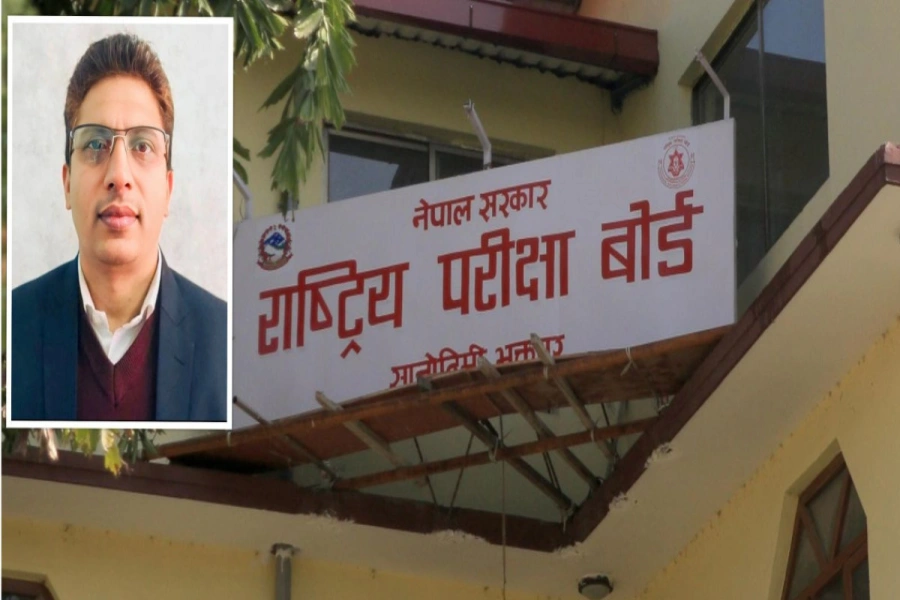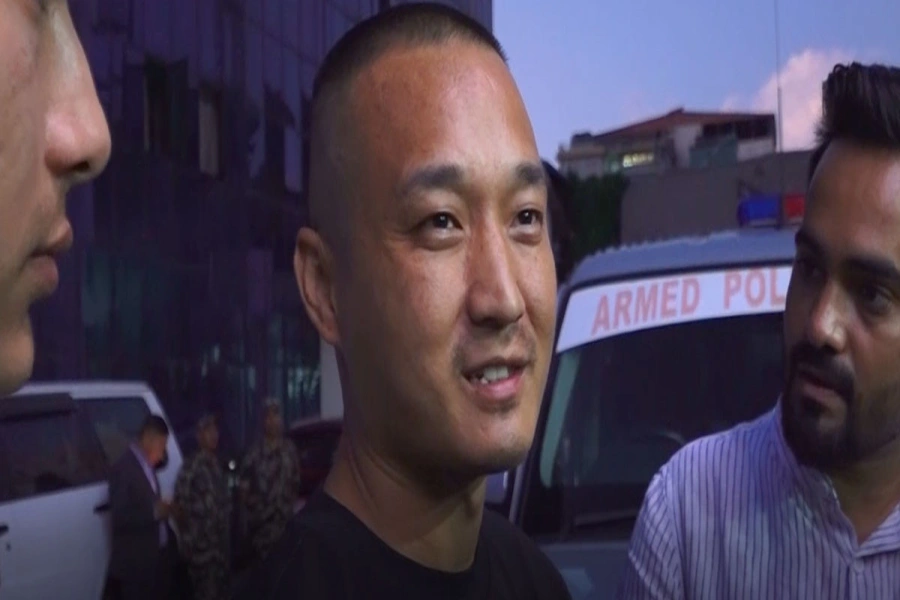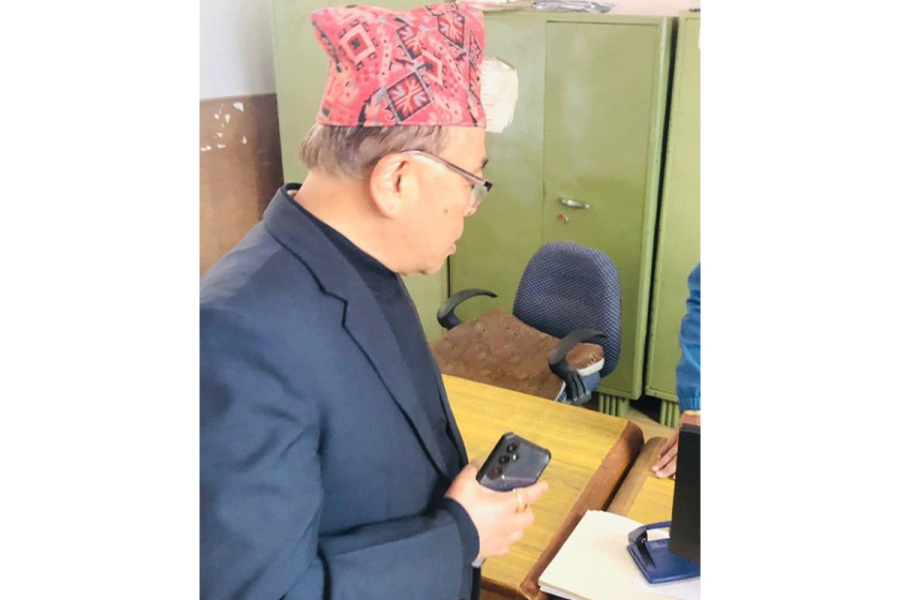One reason why East India Company declared war against Nepal in 1814 was this sense of retribution from their defeat in Sindhuli
King Prithvi Narayan Shah’s unification campaign was focused on Kathmandu but it seemed like a powerful state to win over. To weaken it, he blockaded the Kathmandu Valley. This affected East India Company’s trade with Tibet (and China) because their trade was carried out via Kathmandu. Even before that, they were unhappy with Nepal’s monopoly on trade with Tibet and they were waiting for opportune time to do something about it. They had their eyes on Nepal’s timber, spices and other commodities too.
Meanwhile, King Jayaprakash Malla of Kantipur was in search of foreign military assistance to fight the Gorkhalis. So he sent his representatives to East India Company to ask them for help. This provided an opportunity for the Company officials to launch attack against Gorkhas.
East India Company decided to provide military support to Jayaprakash Malla. Intelligence from Gorkha army detected the secret agreement between Jayaprakash Malla and East India Company. Prithvi immediately sent a message to East India Company: “Do not help the Malla King” but it would not listen to such advice. The Company went ahead with its military campaign against rising Gorkha power.
Kinloch mission
The British had delegated Captain Kinloch, an army officer experienced in war, as the Commander of Brigade against Gorkha troops. They had already gathered a lot of information they needed and King Jayaprakash Malla and his representatives assured them of logistic assistance. Malla and his representatives fixed the routes and harboring points. Malla could probably have told the EIC that Gorkhali forces are weak and incapable. The British troops had superior weapon system and therefore they felt pretty much confident of winning.
As it proved later on, British had made a wrong calculation about Gorkhalis’ strength. They had relied on information provided by second party, which led to their humiliating loss in the battle. Moreover, British army officers were familiar with plain terrain but they did not have any experience of mountainous area.
Photographs of Sindhuli on display

Gorkha Army also made preparations to fight back. Troops marched and King Prithvi Narayan Shah himself was in the rear side of troops waiting at Khaiya Kharka village, close to Sindhuli Gadhi. Nepali force had laid multiple ambushes against advancing British troops.
Captain Kinloch marched from Patna on August 17, 1767 for Sindhuli Gadhi. Nepali troops were well placed and they had laid multiple ambushes. Enemy porters were leading the advancing column. Captain Kinloch was marching almost at the rear. They were marching from Dhungrebas just after having their good lunch and they were on the ridgeline between Dhungre Dada and Pauwa Gadhi. Suddenly Nepali troops released ambushes from the front and rear at the same time.
Company’s troops were caught by surprise and although they were superior in weapons they lost control in the battle. Many British troops died and others escaped to the forest. Captain Kinloch survived and managed to escape with approximately 800 troops out of almost 24,000. Nepal’s victory in Sindhuli is significant mainly for two reasons. One, it boosted confidence and morale of Gorkhali force and added to reputation of the king. Two, hope of Jaya Prakash Malla to bring foreign soldiers to fight Gorkhali forces was shattered.
It was a salutary lesson to the British army and the first experience of Nepal-Company conflict. Pauwa Gadhi (which falls along Banepa–Bardibas Road) was where Nepal confronted Britain for the first time. Historians have not explored this matter well but I believe that one reason why East India Company declared war against Nepal in 1814 was this sense of retribution from the defeat in Sindhuli.
Right or wrong
As the Gorkha troops encircled Kathmandu Valley, the latter was in crisis. Jaya Prakash Malla was sure to face the Gorkha invasion someday. So to protect his state, Malla appealed for military assistance from British.
But when Prithvi Narayan Shah knew about it he dispatched a letter to Company officials asking for permission to meet them and explain the situation. British India declined the request and instead warned him not to create any trouble to Jaya Prakash. So British were bent on assisting Jaya Prakash. If we can protect Jaya Prakash Malla’s state from Gorkhas, went the British thinking at the time, he will be grateful to us and we will be able to extend our trade link up to China through Nepal. The strategic plan of East India Company was to help King Jaya Prakash and to expand trade up to China ultimately.
The objective of Kinloch-led military mission was to reach Kantipur via Sindhuli and Panauti. Of the 11 overnight stays planned, the British had made arrangement for food and accommodation for the first nine nights and Jaya Prakash was supposed to manage the same for the remaining two nights. Gorkha troops made a spoiling attack by setting up multiple ambushes against a brigade (about 2,400 English troops) while heading to Khurkot from Sindhulimadhi.
It is common for one state to ask for military assistance from another state in times of crisis. From this point of view, we can say that English troops were in Nepal at the request of Jaya Prakash Malla for safeguarding sovereignty of Kantipur. On the other hand, although Gorkha state had made a diplomatic request to East India Company not to extend military assistance to Jaya Prakash Malla, the company did not listen. So it’s hard to say who is to blame.
After being chased away from Pauwa Gadhi Kinloch, along with his remaining troops, withdrew to Janakpur. Then, he reorganized the remaining 800 soldiers and planned to launch another expedition to Kantipur by advancing along the Bagmati River. Kinloch sent a message to Jaya Prakash Malla in this regard. He seems to have been guided by revenge motive after the loss in the battle of Pauwa Gadhi.
On September 20, 1767, he marched his troops from Harihar Gadhi to Kantipur. The letter written to the Governor General by Rumbold on January 12, 1767 states that Kinloch reached the area which was about 50 kilometers away from the Kathmandu Valley, and constructed a wooden bridge over the river in order to cross it. The river was Bagmati and Kinloch reached there through Hariharpur.
But a huge downpour occurred on the way. The torrential rainfall badly affected the troops and the bridge was swept away by the flooded river. The rainfall continued till many days and the troops failed to advance due to the shortage of foodstuff.
They fell in ambush as they were trying to cross the Bagmati River. Many got killed in the spoiling attack and the flood swept away others. Kinloch faced a shameful defeat again and returned to Janakpur.
Basnyat, Brigadier General (retired) of Nepal Army, is the author of “Nepalese Forts and Fort Battles against Foreign Powers”







































